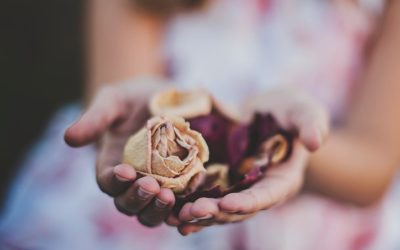Here in America and in most of Canada, we have funeral traditions that have stood the test of time for decades, even centuries.
But our traditions are vastly different from those in other countries and cultures.
This article looks at Hmong funeral traditions and is part of a series that highlights how different cultures care for their dead. Other parts of the series are about Ukrainian funeral traditions and Belgian funeral traditions, among others.
Note, these traditions may vary depending on the individual and their own beliefs.
Hmong Funeral Preparation
Typically, the deceased’s children bathe the deceased and dress them in new ceremonial burial clothes, including hand-made hemp shoes. The body also is usually embalmed for the viewing and burial. The immediate family members contact their relatives about the death so they can come home for the funeral.
A Hmong funeral lasts from three to 12 days depending on several factors, such as finding a suitable burial day. During the funeral ceremony, an immediate family member guards the deceased’s casket from harm, such as evil spirits. It’s also taboo for mourners to show any distress during the funeral ceremony. The ceremony’s focus should be on the rebirth of the soul and new life rather than death.
Reincarnation Rituals
Reincarnation is a major part of the Hmong culture, and a Hmong funeral is the most elaborate Hmong ritual. There are several rituals to ensure the deceased has a successful journey to the afterlife for reincarnation. It’s important to perform the rituals so the deceased is reborn into the same family. They also must repay the deceased’s debts so no harm comes to their family, like another death.
The funeral ritual Qhuab Ke means “to teach the way.” During this ritual, a ceremonial song or poem is chanted to guide the deceased on their journey to reincarnation. Then, a chosen family member, usually the deceased’s oldest child, tosses divine sticks called txheej ntawg into the air. All of the divine sticks must land facing up, signifying that the deceased is ready to begin their reincarnation journey.
Burial
Traditionally, Hmong burials were on the side of a mountain facing west. They believed the west is the direction of death and if they faced the east, the sun would blind them. The oldest family members typically chose a grave location.
Today, there is a specific burial process that must be done correctly to protect the deceased’s family from evil spirits. The first step is animal sacrifices; traditionally the animals were pigs, bulls, and oxen, but today, they are usually chickens. The sacrificed animals are prepared as a feast for the whole community. Next, family members place the deceased at the table with items they may need for their journey to the afterlife. Usually, these items include alcohol, chicken and other food, a crossbow, a knife, an umbrella, and any other significant items.
Then, everyone sings ceremonial songs and beats Hmong drums while there is a funeral procession to the burial location. During the procession, everyone changes directions and makes stops to try to confuse evil spirits so they don’t follow them. Before the burial, everyone sings a final ceremonial song to let the deceased’s soul know it’s time to begin their journey to the afterlife. After the burial, they burn incense and symbolic paper and put stones around the grave.
Mourning Period
After the burial, there is a mourning period for 13 days. During this time, family members pay their respects to their deceased loved one. On the last day, they perform one last ritual for the deceased before they begin their journey to the afterlife.
The reason it’s 13 days is that traditionally, they believed the deceased came back to life on the 13th day. However, now they recognize the 13th day as when the deceased begins their journey to the afterlife.
Also, a typical mourning food that’s made is called laig dab, which is a pork and rice dish. The deceased’s oldest son offers the deceased this dish while ceremonial songs are played on the qeej, a reed pipe.





My father in law told us if anything happen to him to not let the egg crack. He wanted to reborn back to the family. How come there is nothing here about the egg? I would like to know more about the egg.